How to Find a Really Fancy Chinese Textbook to Guide Your Learning
Hello, Mandarin learners! I am Frank Geng, a contributor for DigMandarin.com from Shanghai. I hope you are enjoying your winter break and welcoming in 2017, the year of rooster in Chinese calendar, which symbolizes creativity and talent. Are you interested in looking for the right resource to study Chinese in 2017? Today, I will go over why you should buy a textbook and which ones you should look into purchasing.
Why a Textbook?
Here are some reasons why a textbook is needed in most situations.
- It can serve as a syllabus
- It provides ready-made teaching contents and learning tasks
- It is a cheap way of providing learning materials
- It allows learners to review material and preview other lessons.
- A textbook is a framework, which organize and regulate the study times.
- A learner without a textbook is often out of focus and teacher-dependent.
- For novice teachers, it provides security, guidance, and support
However, different students have different needs. Topics and materials in a textbook may not be relevant or interesting to all. But we should always keep in mind that any textbook should be chosen carefully and used judiciously.
How to Choose a Good Chinese Textbook?
While the quantity of Chinese textbooks has increased dramatically in recent years, it is difficult to select a good textbook. However, according to English teaching experts Hutchinson and Waters, evaluating textbook is a straightforward and analytical “four steps matching process: matching needs to available solutions” (Hutchinson and Waters 1987:97).
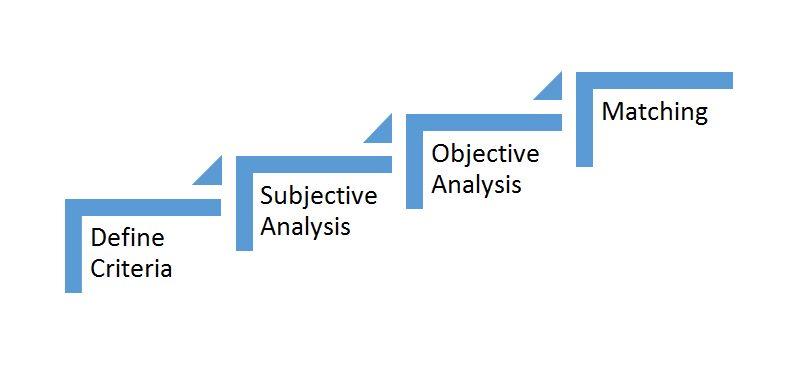
Hutchinson and Waters defined criteria based on the aspects of audience, aims, content, methodology and others to total to 21 items. This process can be used to choose a Chinese textbook. The common-core criteria and analysis questions can be summarized as following:
Does the Textbook Follow a Specific Teaching Approach?
- Sharing of a vision (theory or approach) about:
- The nature of language
- The nature of learning
- How the theory can be put to applied use
How is the Content Presented?
- Stating purpose(s) and objective(s)
- For the total course
- For individual units
- Selection and its rationale
- Coverage
- Grading
- Organization
- Sequencing
- Satisfaction of the syllabus
- To the teacher
- Providing a guide book
- Giving advice on the methodology
- Giving theoretical orientations
- Key to the exercises
- Supplementary materials
- To the teacher
- To the student
- Unit-by-unit instruction
- Design (relevant, free from unnecessary details, colorful, etc.)
- Periodic revisions
- Workbook
- Exercises and activities
- In the classroom
- Homework
- Sample exercises with clear instructions
- Varied and numerous
- Periodic test sections
- Accompanying audio-visual aids
Physical Make-up and Others
- Appropriate Size & weight
- Attractive layout
- Durability
- High quality of editing and publishing
- Appropriate title
- Acceptable price
Any Textbook Recommendations?
I have taught Mandarin Chinese in Beijing, Shanghai and in Kentucky for over ten years and have used many of textbooks in different situations. I cannot say which specific one is the best because it is situation-sensitive. However, here are ones that I personally prefer and have used.
《汉语会话301句》 Conversational Chinese 301
This textbook claims it is “the most popular textbook for foreigners all over the world”. The Beijing Language and Culture University Press first published this book in 1990 and it unexpectedly became a star item. The main reason for its popularity was how well it fit the need of a short-term course. This book uses 300 basic sentences to build up conversations in various daily situations. Learners could master simple Chinese sentences in a short period of time.
If you want to learn some survival Chinese before you journey to China next month, and you happen to have 1 or 2 hours’ time to learn 10 sentences per day, take a look at this textbook.
《快乐汉语》 Kuaile Hanyu
Kuaile Hanyu literally translates to Happy Chinese, is a set of Chinese teaching materials specially compiled for teenagers. Kuaile Hanyu is initially designed for Britain middle school student aged from 11 to 16. Therefore, it suits the psychological level and learning requirements of young learners. It has fun content while it uses few and simple words to covers topics of school and daily life. The entire set consists of a student’s book, a teacher’s book, a workbook, flash cards, wall charts and CDs. Hence practical choice for teachers and students.
《当代中文》 Contemporary Chinese
This teaching book set consists of 4 volumes, each of which includes a textbook, teacher’s guide, workbook, practice test book and additional reading materials. It takes the task-based teaching theory where these textbooks integrate trainings on speaking, listening, reading and writing skills; while focuses on difficult and important key languages points. It is a balance between basic listening, speaking, reading and writing skills as well as the ability to communicate effectively in Chinese. Besides English version, it was also translated into French, Russian, Arabic, Thai, Serbian, Filipino versions and so on. This textbook widely used among Confucius Institutes and overseas Chinese schools.
《环球汉语》 Encounters: Chinese Language and Culture
Encounter is a very unique textbook that I am using it this semester in Fudan-UC Exchange Student Program. I feel that it is more like a TV series rather than a textbook. Accompanied with this textbook are hours of video materials, comprising dramatic episodes, cultural segments, and animations all shot in China by Hollywood producers. It immerses learners in the Chinese language and culture through video episodes.
*In Dec. 2014, The Confucius Institute Headquarter reports that 54 languages and 1300 kinds of Chinese textbooks have been published in last decade.

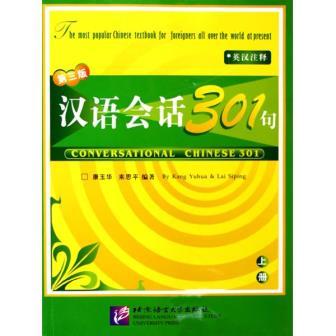
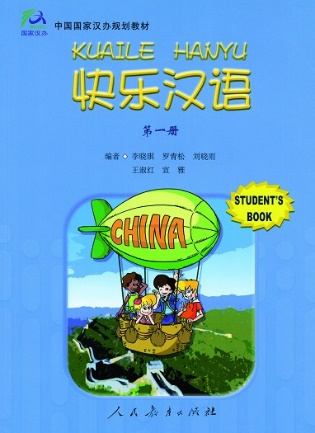
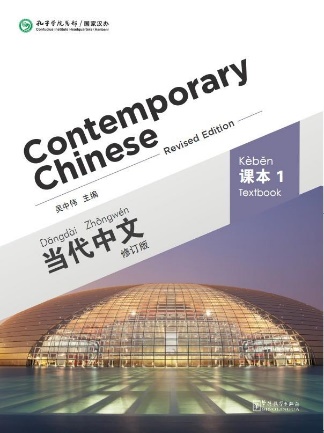
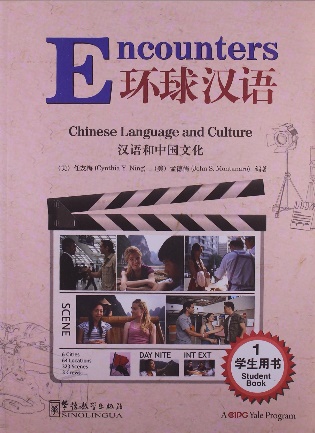

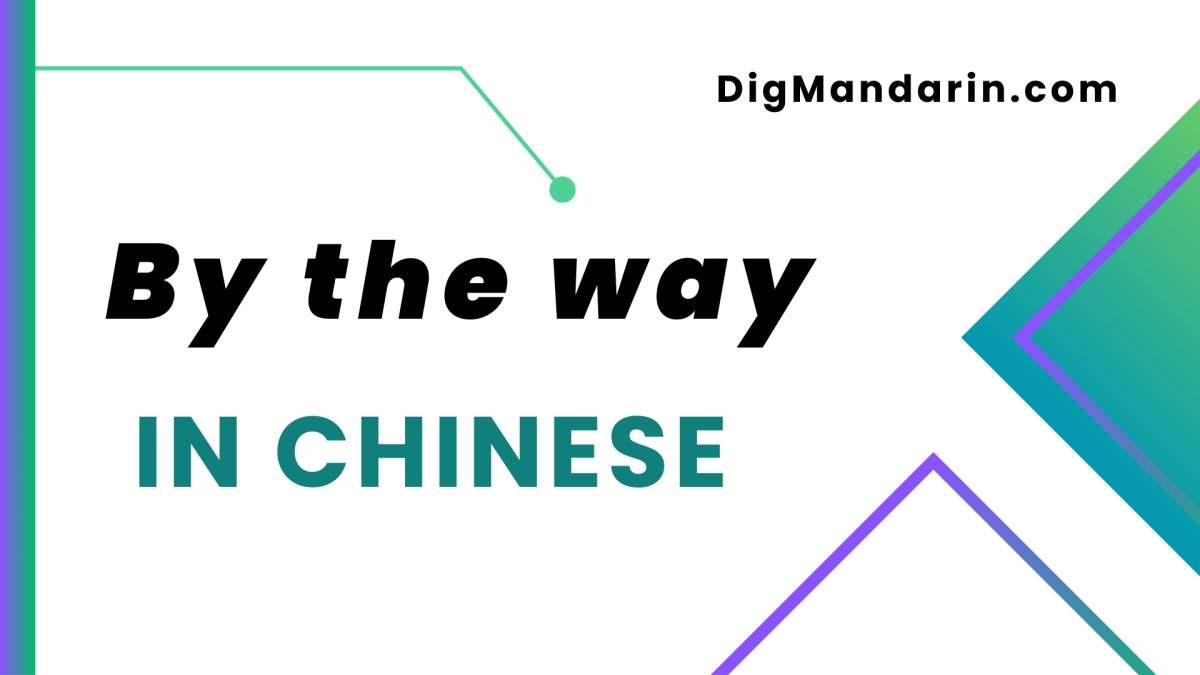
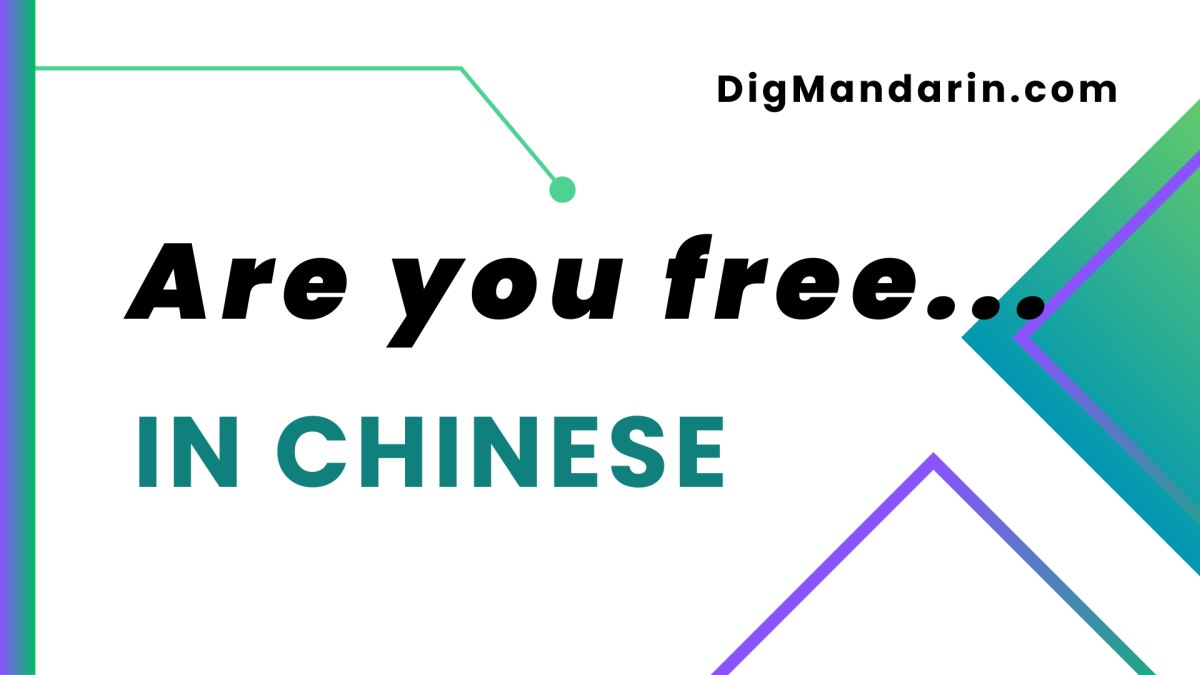
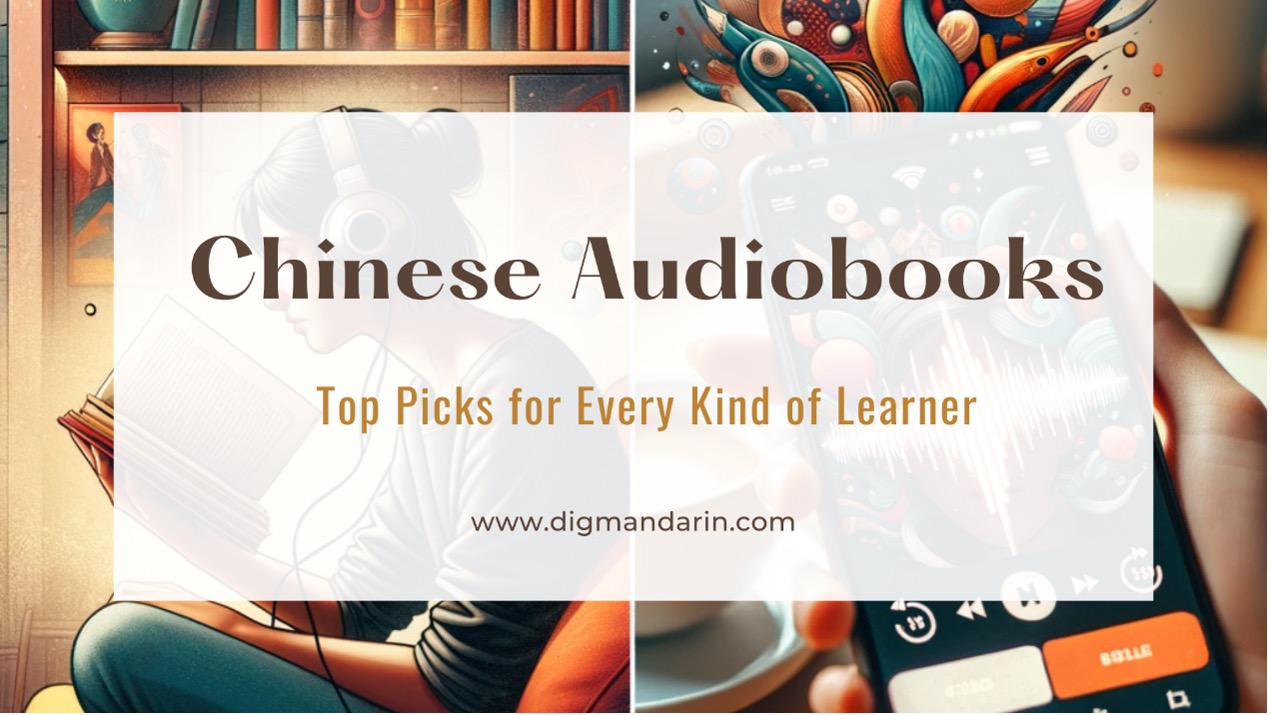
This Post Has 0 Comments